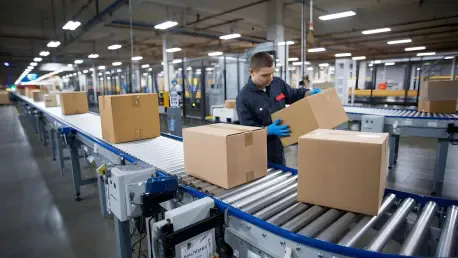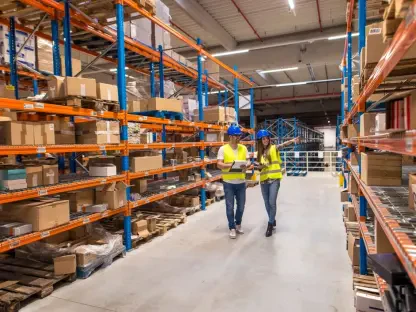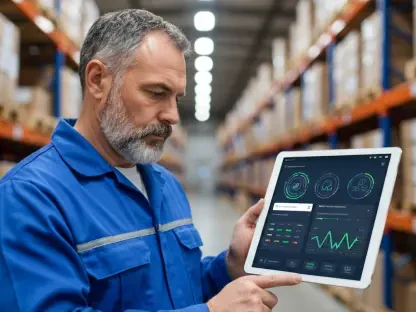The logistics industry constantly seeks solutions to maximize efficiency and reduce physical strain on workers. Imagine the often arduous task of unloading parcels from trailers, a process traditionally marked by repetitive movements that can lead to worker fatigue and slow operations. Körber’s latest semi-automatic unloading solution, known as Körber ErgoUnload, offers a glimpse into the future of parcel logistics, boasting a remarkable reduction in both unload times and the physical effort required by operators.
Detailed Analysis of Körber ErgoUnload
Körber ErgoUnload showcases innovations aimed at alleviating the challenges inherent in parcel unloading. At its core, the system emphasizes ergonomic design and operational efficiency, dramatically reducing the physical load on workers by up to 90%. By transforming daily unloading tasks into more streamlined processes, it empowers a single operator to handle up to 3,000 parcels per hour per dock, effectively doubling throughput compared to conventional methods. This significant advance not only improves employee well-being by minimizing strenuous lifting and twisting but also cuts down unload times by half, optimizing logistics operations.
Furthermore, Körber ErgoUnload is equipped with flexible load acceptance, ensuring compatibility with popular telescopic conveyors. This adaptability allows for smooth integration into existing systems, minimizing setup efforts and disruptions to workflows. Its unique ability to manage individual and grouped parcels, with optional gripping supports for hard-to-reach items, ensures even the most challenging loading environments can be efficiently managed. This versatility contributes to better utilization of docks and ramps, helping businesses reduce overall operational costs.
Körber’s innovation exemplifies how thoughtful application of automation can revolutionize logistics processes. Its ability to streamline complex unloading tasks is not only promising in terms of increasing efficiency but also sets a precedent for future developments in enhancing worker safety and operational productivity. The potential impact of such technology extends across various sectors where the swift and efficient handling of parcels is paramount.
Conclusion and Future Considerations
The review of Körber’s ErgoUnload paints a picture of a technology that stands poised to redefine parcel unloading efficiency. In the past, logistics faced hurdles such as prolonged unload times and physical strain on personnel, making operations slower and more costly. However, this semi-automatic solution enables businesses to tackle these challenges head-on, deploying reduced labor force requirements and improving dock utilization. The system reaffirms the role of automation in advancing logistics, paving the way for further possibilities in the field.
As logistics companies look forward, the implications of deploying such advanced systems highlight potential avenues for further exploration. Integrating more sophisticated AI-driven solutions could enhance load management capabilities even further, while increased compatibility with other technologies may ease transitions for businesses looking to adopt new strategies. These advancements may hold keys to reshaping logistical frameworks into more resilient and adaptive models, guiding developments over the coming years.









